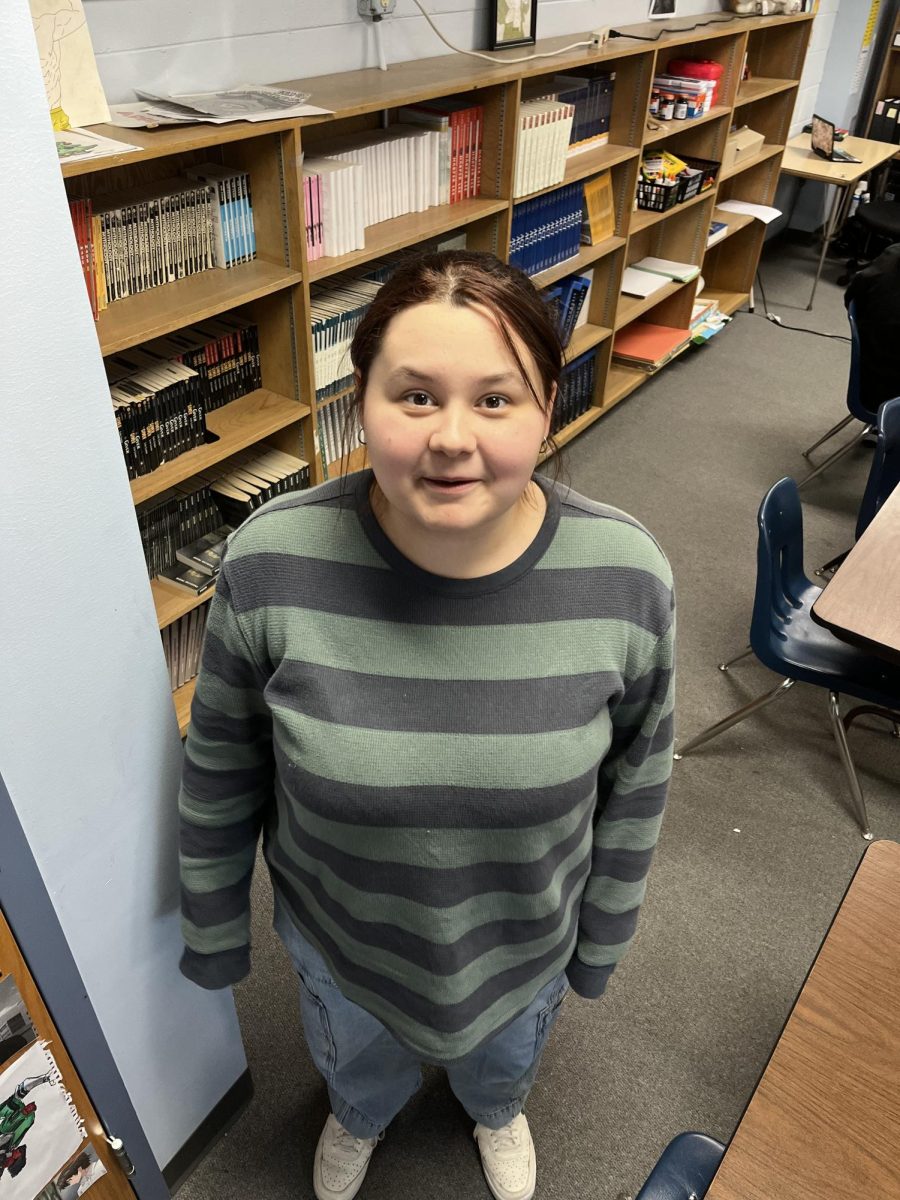On October 23, 2012, 14-year-old Malala Yousafzai was targeted by the Taliban in Pakistan and was gravely injured. The young women’s right activist was shot in the head and neck. The young girl was airlifted to the Queen Elizabeth Hospital in Birmingham, England, to receive medical care and begin to the slow process of recovering from her grievous wounds.
On January 4, 2013, after many reconstructive surgeries, Malala was released from Queen Elizabeth Hospital. The brave, young activist was finally allowed to leave the hospital with her father, and the rest of her family, for the first time since the Taliban shot her in October. Her physician believed that she had made enough recovery that there was no reason that the girl could not spend the remainder of her recovery period at home in the comfort of her family.
NBC News reported that Malala and her family are going to reside in England until after the treatments and the reconstructive surgeries to repair damage from the shooting are finished. The medical director of Queen Elizabeth Hospital, Dave Rosser, told NBC, “Malala is a strong young woman and has worked hard to make progress in her recovery.”
Malala will still have to return to the hospital for outpatient surgery toward the end of this month or the beginning of next month. While her situation is no longer a life or death condition, she still faces a long road of surgeries. Physicians are still working to reconstruct her skull and are preforming the surgeries in short sessions to avoid causing inflammation.
Malala Yousafzai was shot in the head and neck by the Taliban for trying to bring equal education to girls in Pakistan. The Taliban saw this girl as a threat to their complete control of the Swat Valley in Pakistan.












